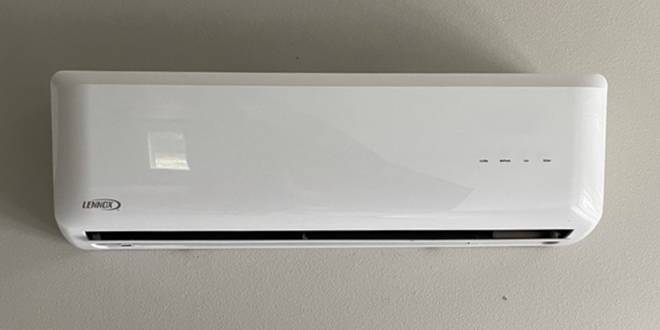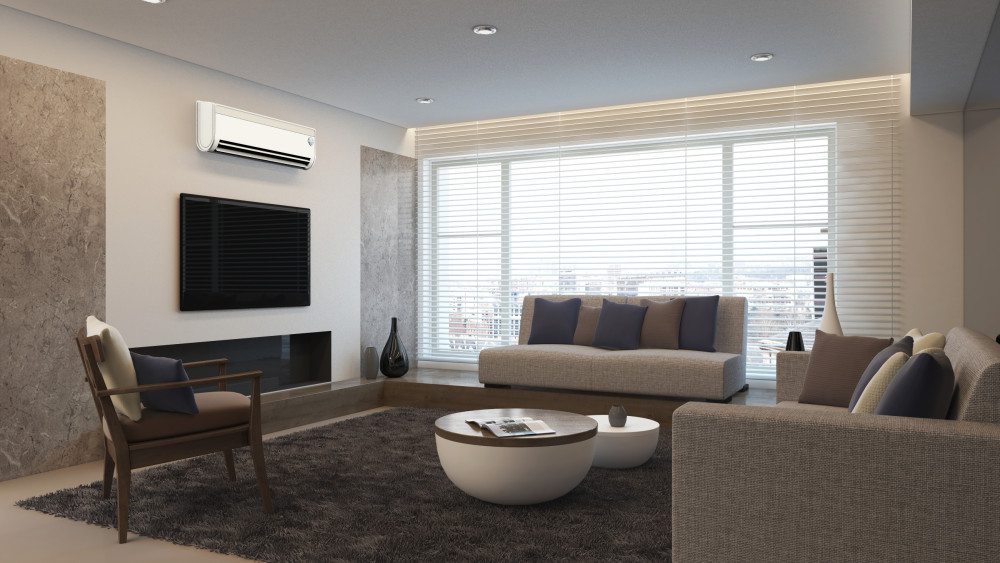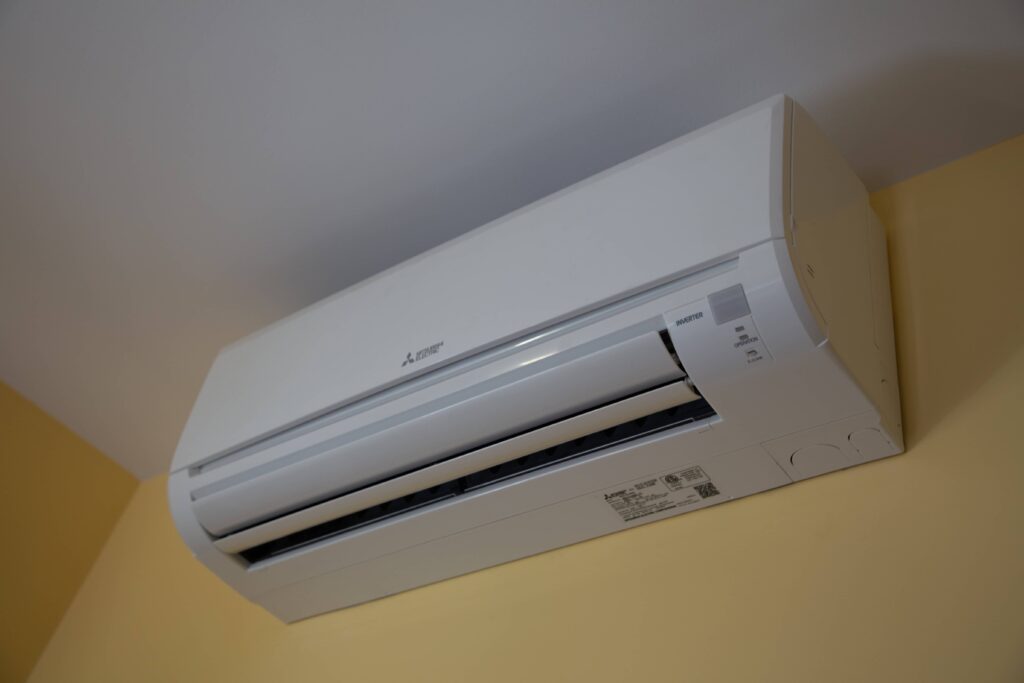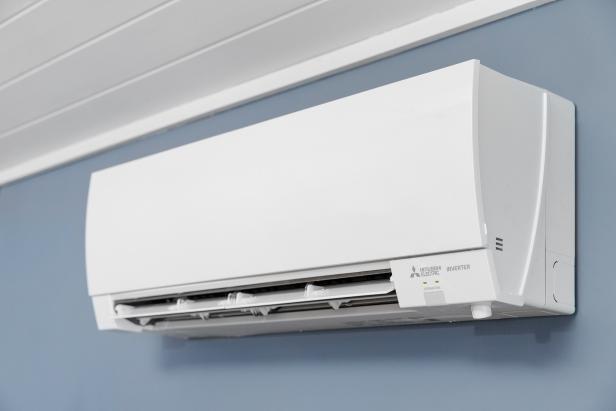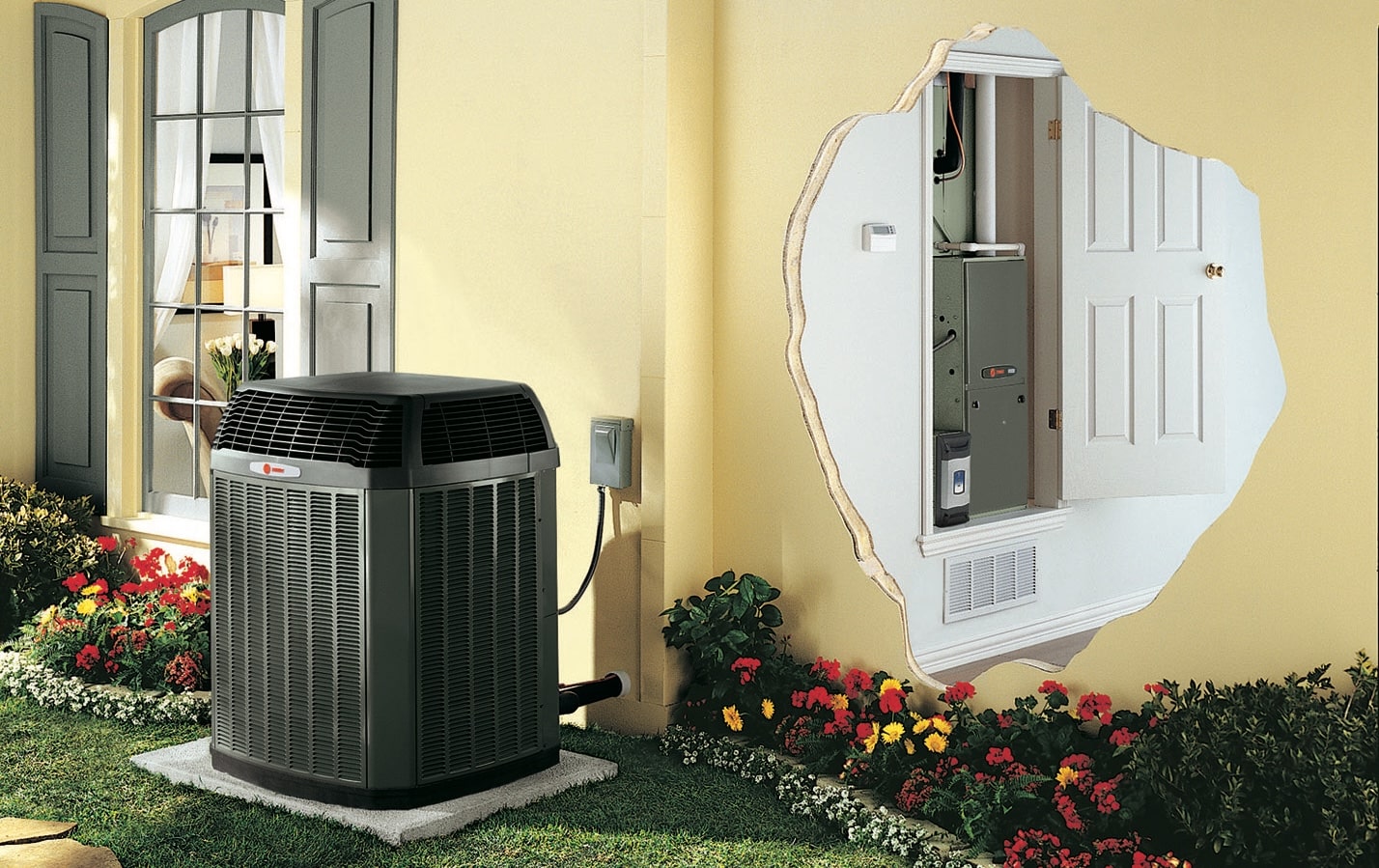Air Conditioner And Heater Combo In Wall

In the dynamic world of heating, ventilation, and air conditioning (HVAC), innovation constantly reshapes how we approach climate control. One such innovation gaining traction is the air conditioner and heater combo in wall unit. This article delves into these systems, exploring their functionality, applications, career opportunities surrounding them, and relevant industry trends.
Understanding Through-the-Wall HVAC Systems
Unlike traditional central HVAC systems that use ductwork, through-the-wall (TTW) units, also known as wall-mounted or ductless systems, offer a self-contained heating and cooling solution. An air conditioner and heater combo in wall unit combines both functionalities within a single chassis that is installed directly into an exterior wall.
Key Features and Benefits
- Space Saving: Ideal for apartments, condos, and smaller homes where space is limited.
- Ease of Installation: Requires minimal ductwork, reducing installation time and costs compared to central systems. Often only requires a suitably sized opening in the wall, and a nearby electrical connection.
- Zoned Heating and Cooling: Allows for independent temperature control in individual rooms or zones.
- Energy Efficiency: Many modern units boast high SEER (Seasonal Energy Efficiency Ratio) and HSPF (Heating Season Performance Factor) ratings, leading to reduced energy consumption. Look for Energy Star certified models.
- Cost-Effective: Lower initial investment compared to installing a full central HVAC system, especially in smaller spaces.
Types of Through-the-Wall Units
While the core concept remains the same, different types of through-the-wall combo units cater to specific needs:
- Heat Pumps: These units provide both heating and cooling by transferring heat in or out of the space. They are highly energy-efficient in moderate climates.
- Electric Resistance Heating: Uses electrical coils to generate heat, suitable for supplemental heating or in areas with milder winters.
- Packaged Terminal Air Conditioners (PTACs): Often found in hotels and motels, PTACs are robust and self-contained units designed for heavy-duty use.
Career Paths in Through-the-Wall HVAC Systems
The increasing popularity of these systems translates to growing demand for skilled HVAC professionals. Here's a look at potential career paths:
HVAC Technician/Installer
Job Description: Install, maintain, and repair through-the-wall HVAC units. Diagnose malfunctions, perform routine maintenance tasks, and ensure proper system operation.
Skills Required:
- Proficiency in reading blueprints and technical diagrams.
- Knowledge of electrical wiring and HVAC system components.
- Experience with soldering, brazing, and refrigerant handling.
- Troubleshooting and diagnostic skills.
- Excellent customer service and communication skills.
Salary Range: According to the U.S. Bureau of Labor Statistics (BLS), the median annual wage for HVAC technicians and installers was $51,390 in May 2022. The BLS projects a job growth of 6% from 2022 to 2032, about as fast as the average for all occupations.
HVAC Service Technician
Job Description: Specialize in the service, repair, and maintenance of existing through-the-wall units. Respond to service calls, diagnose problems, and implement effective solutions.
Skills Required:
- In-depth knowledge of HVAC system diagnostics and troubleshooting.
- Strong understanding of electrical and mechanical systems.
- Ability to work independently and manage time effectively.
- Excellent problem-solving and communication skills.
Salary Range: Similar to HVAC technicians/installers, with potential for higher earnings based on experience and specialization.
HVAC Sales and Design
Job Description: Consult with clients to determine their heating and cooling needs and recommend appropriate through-the-wall solutions. Design systems, prepare quotes, and manage sales processes.
Skills Required:
- Strong knowledge of HVAC systems and products.
- Excellent sales and communication skills.
- Ability to understand and interpret customer requirements.
- Proficiency in using HVAC design software.
Salary Range: Varies depending on experience and sales performance, with potential for commission-based earnings.
Essential Certifications and Training
Obtaining relevant certifications and completing comprehensive training programs are crucial for career advancement in the HVAC industry:
EPA Section 608 Certification
This certification is mandatory for technicians who handle refrigerants. It demonstrates competency in refrigerant recovery, recycling, and reclamation practices. There are different types of 608 certifications, Type I, Type II, and Type III, each pertaining to different equipment.
NATE Certification
North American Technician Excellence (NATE) is a leading certification program for HVAC technicians. NATE certification signifies that a technician has demonstrated knowledge and skills in a specific area of HVAC, such as installation, service, or maintenance. While not always legally required, NATE certification can significantly enhance job prospects and earning potential.
HVAC Excellence Certification
Similar to NATE, HVAC Excellence offers certifications that validate a technician's skills and knowledge. These certifications are widely recognized and respected within the industry.
Manufacturer-Specific Training
Many manufacturers of through-the-wall HVAC systems offer specialized training programs on their products. These programs provide valuable insights into the installation, maintenance, and repair of specific models.
Apprenticeships
An apprenticeship is a fantastic way to gain hands-on experience and learn from experienced professionals. Many HVAC companies offer apprenticeships that combine on-the-job training with classroom instruction.
Industry Trends and Future Outlook
The HVAC industry is constantly evolving, driven by technological advancements, changing regulations, and increasing demand for energy-efficient solutions. Here are some key trends to watch:
- Smart HVAC Systems: Integration of smart thermostats, sensors, and controls for enhanced energy efficiency and remote monitoring.
- Variable Refrigerant Flow (VRF) Systems: VRF systems are gaining popularity for their ability to provide precise temperature control and energy savings in multi-zone applications.
- Environmentally Friendly Refrigerants: The industry is transitioning to refrigerants with lower global warming potential (GWP) to reduce environmental impact.
- Increased Focus on Indoor Air Quality (IAQ): Growing awareness of the importance of IAQ is driving demand for advanced filtration and ventilation systems.
Employer Insights: Hiring Skilled HVAC Professionals
For employers in the HVAC industry, finding and retaining skilled workers is essential for business success. Here are some key considerations:
Prioritize Certifications and Training
Look for candidates with relevant certifications such as EPA 608 and NATE. Invest in ongoing training for your employees to keep them up-to-date on the latest technologies and best practices.
Offer Competitive Compensation and Benefits
Attract and retain top talent by offering competitive salaries, comprehensive benefits packages, and opportunities for career advancement.
Create a Positive Work Environment
Foster a supportive and collaborative work environment where employees feel valued and appreciated. Provide opportunities for professional development and growth.
Embrace Technology
Equip your technicians with the latest tools and technologies, such as diagnostic software and mobile apps, to improve efficiency and accuracy.
Conclusion
The air conditioner and heater combo in wall unit represents a significant segment within the HVAC industry. With growing demand for space-saving, energy-efficient climate control solutions, skilled HVAC professionals who understand these systems are well-positioned for success. By pursuing relevant certifications, staying abreast of industry trends, and developing strong technical skills, individuals can carve out rewarding careers in this dynamic field. Similarly, employers who prioritize training, compensation, and a positive work environment will be best positioned to attract and retain the talent needed to thrive in a competitive market. Understanding regulations, such as EPA 608 guidelines, is also paramount.
